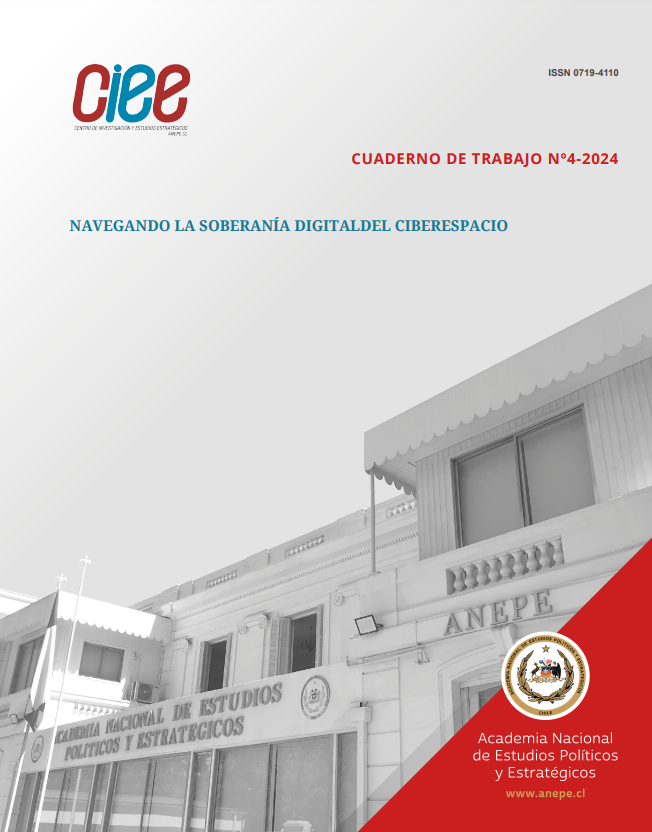NAVIGATING THE DIGITAL SOVEREIGNTY OF CYBERSPACE
Main Article Content
Abstract
Digital sovereignty refers to the control a nation exercises over its digital space, crucial for protecting its interests in an interconnected world. An example of this is China’s Great Firewall, which represents the shift from physical to digital borders. The absence of physical boundaries in cyberspace presents unique challenges for states attempting to regulate data flow and safeguard their digital ecosystems. This concept highlights the need for countries to assert their right to govern online content and infrastructure, ensuring security and compliance with national laws. Furthermore, the influence of big tech companies has significant geopolitical implications. These companies, through their dominance of digital platforms and data infrastructure, can shape public discourse, influence political outcomes, and alter socioeconomic dynamics on a global scale. Their power complicates the landscape of digital sovereignty, underscoring the need for comprehensive governance frameworks that balance innovation with the protection of both national and global digital integrity.
Article Details
Downloads

This work is licensed under a Creative Commons Attribution-NoDerivatives 4.0 International License.
Los autores mantienen en todo momento los derechos sobre sus respectivos artículos, por otra parte, la Revista Cuaderno de Trabajo está distribuida bajo una Licencia Creative Commons Atribución 4.0 Internacional.
References
John_Perry_Barlow/barlow_0296. Declaration.
BODIN, J. (1992). On sovereignty: Four chapters from the six books of the commonwealth. Cambridge University Press.
GOEL, S. (2020). National cyber security strategy and the emergence of strong digital borders. Connections, 19(1), 73-86.
GROTIUS, H. (2012). Hugo Grotius on the law of war and peace. Cambridge University Press.
HOBBES, T. (2022). Leviathan.
KANT, I. Perpetual Peace: A Philosophical Sketch.
KRASNER, S. D. (1999). Sovereignty: Organized hypocrisy. Princeton University Press.
KUMAR, V. (2024, March 15). Explain the provisions of state: Condition of statehood, territory and
underlying principles, sovereignty under international law - legal vidhiya. Legal Vidhiya. https://le-galvidhiya.com/explain-the-provisions-of-state-condition-of-statehood-territory-and-underlying-prin-ciples-sovereignty-under-international-law/
LOCKE, J. (1967). Two treatises of government. Cambridge University Press.
OSIANDER, A. (2001). Sovereignty, international relations, and the Westphalian myth. International
organization, 55(2), 251-287.
PHILPOTT, D. (1995). Sovereignty: An introduction and brief history. Journal of International Affairs,
353-368.
SAAIDA, Mohammed. (2024). Digital Sovereignty. 6. 1-12.
SHERMAN, J. (2022). Reassessing RuNet: Russian internet isolation and implications for Russian
cyber behavior. JSTOR Security Studies Collection.
WILSON, W. (1918). The Fourteen Points Address. The Record of American Diplomacy: Documents
and Readings in the History of American Foreign Relations, 3rd ed. (New York: Alfred A. Knopf,
1954), 459-461.
